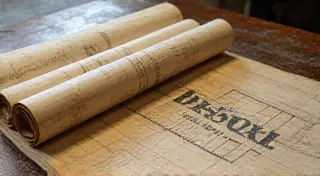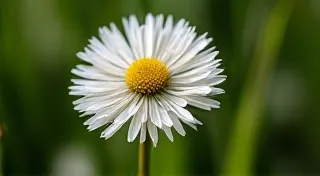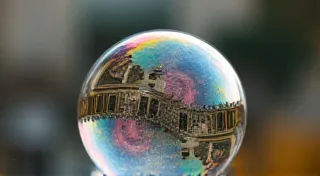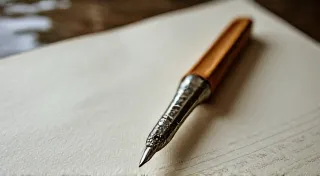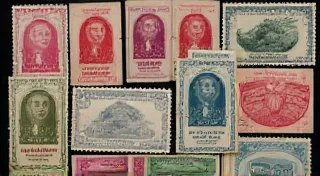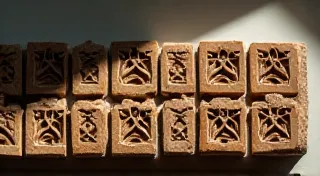The Cartographer’s Whispers: Uncovering Lost Landscapes Through Postcards
There’s a peculiar magic held within vintage postcards. More than just faded images of long-gone places, they are whispers from the past, fragments of a collective memory. As postcard collectors, we’re not merely accumulating pretty pictures; we’re custodians of stories – stories about how people saw the world, how cities changed, and how artistic license sometimes danced a jig with reality. To delve into postcard collecting is to embark on a journey into the heart of historical change, a visual testament to time's relentless flow.
Echoes of a Bygone Era
My own fascination began with a single card, depicting a bustling market square in my hometown, a town I’ve known my entire life. It was discovered tucked inside my grandmother’s recipe box, a repository of family history and faded nostalgia. The scene depicted was jarringly unfamiliar. The buildings were different, the streets wider, the people dressed in a style lost to modern fashion. It wasn't just the details that struck me; it was the *feeling*. A sense of vibrancy, of connection, that felt somehow richer than what I knew.
That postcard became a gateway. Suddenly, I wasn't just looking at pretty pictures; I was trying to piece together a vanished world. I started researching, comparing the postcard image with contemporary photographs and maps. It wasn't just about identifying the buildings; it was about understanding the social context, the economic forces that shaped the scene. The process became an absorbing blend of historical detective work and heartfelt appreciation for the artistry of the period.
Vintage postcards, particularly those from the Golden Age of Postcard Collecting (roughly 1900-1920), are remarkable documents of their time. This era saw an explosion in postcard production, fueled by affordable postage rates and the growing popularity of travel and tourism. The demand for images of cities and towns fueled a burgeoning industry of photographers and publishers, eager to capture the essence of a place and share it with a wider audience.
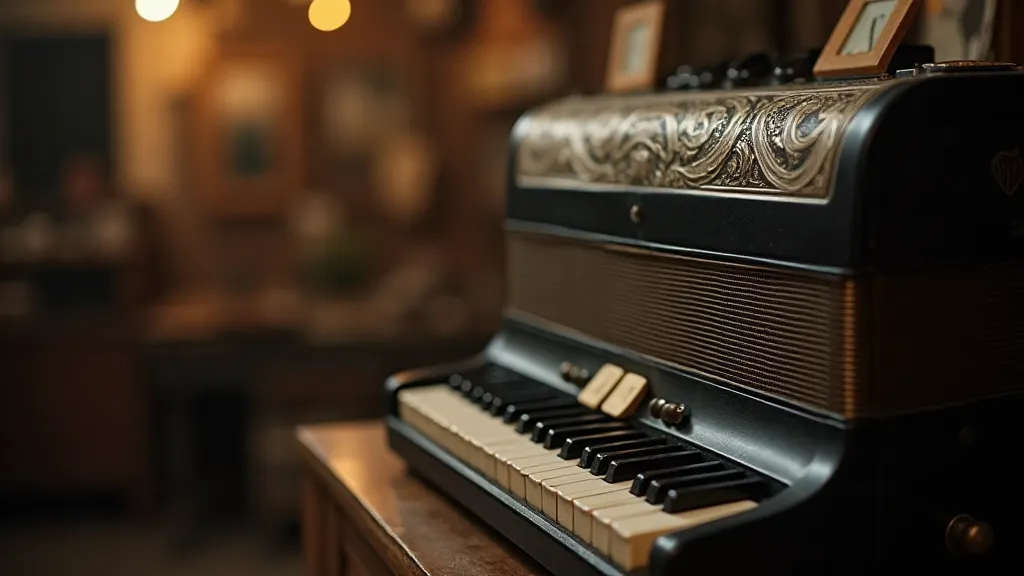
Artistic License and Geographic Shifts
But these images weren't always accurate representations of reality. The desire to create a “picturesque” scene often led to artistic embellishments. Buildings might be heightened or embellished, streets widened, crowds staged. The aim wasn't necessarily to document reality but to present an idealized version of a place – one that would appeal to potential tourists and residents alike.
Consider the prevalence of “view-merged” postcards, where multiple photographs are cleverly combined to create a wider panorama. This was a common technique for depicting bustling city streets or sprawling landscapes. While impressive from a technical standpoint, these merged views often misrepresented the actual layout of a place, creating a misleading impression of scale and perspective.
Even seemingly straightforward photographic postcards could be subject to manipulation. Early photographic processes, such as the albumen print, were susceptible to retouching and alteration. Skilled photo-engravers could subtly alter buildings, add details, or even reposition objects to enhance the visual appeal of an image.
Beyond artistic embellishment, postcards provide invaluable insights into the changing urban landscape. A series of postcards depicting the same location over a period of years can reveal the impact of urban development, the disappearance of historic buildings, and the evolution of architectural styles. These “before and after” comparisons offer a poignant reminder of the relentless march of progress and the loss of cultural heritage.
The discrepancies aren’t always deliberate. The limitations of the photographic medium itself contributed to the distortions. Early lenses often had a wide-angle perspective, which could exaggerate the apparent width of streets and buildings. The shallow depth of field could blur distant objects, further distorting the sense of perspective.
The Craftsmanship of a Forgotten Art
Beyond the images themselves, the craftsmanship of the postcards is worthy of appreciation. The intricate details of the printing techniques, the quality of the card stock, and the artistry of the typography all contribute to the overall appeal. Many vintage postcards were printed using lithography, a process that involved transferring an image from a stone or metal plate to the card surface. This process allowed for incredible detail and vibrancy, but it was also labor-intensive and required a high level of skill.
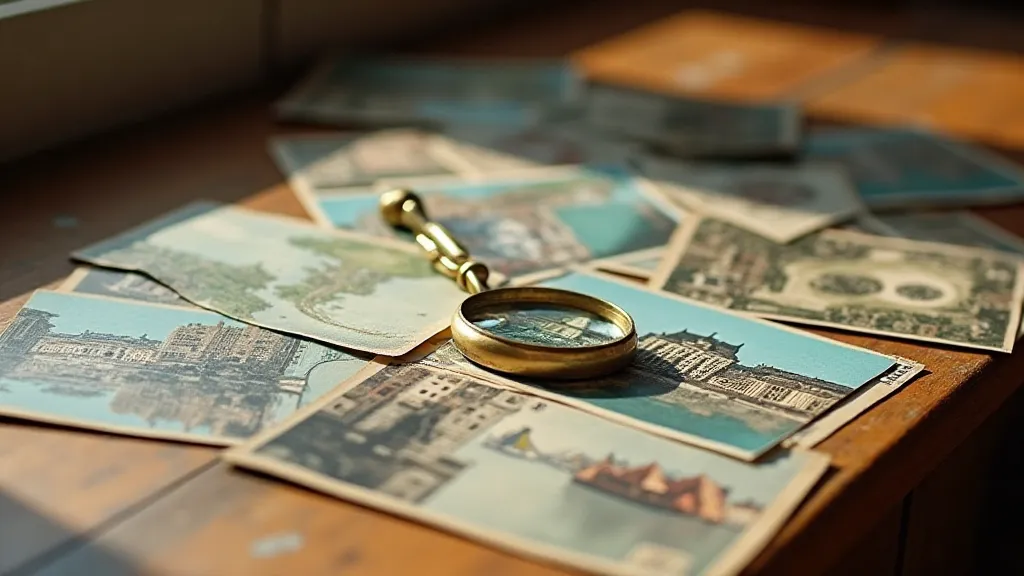
The backs of the postcards are also a treasure trove of information. The handwritten messages, often brief and informal, offer glimpses into the lives of the senders and recipients. They provide invaluable context for understanding the image on the front – a moment captured and shared across time and distance. Reading these messages can be like eavesdropping on conversations from a century ago, feeling a connection to people who lived and loved in a world vastly different from our own.
Preserving the Echoes: Care and Collecting
For the serious collector, preserving the condition of vintage postcards is paramount. Exposure to sunlight, moisture, and pollutants can cause fading, discoloration, and damage. Storing postcards in archival-quality sleeves and albums is essential for protecting them from further deterioration. Handling postcards with care, avoiding fingerprints and excessive touching, is also crucial.
When it comes to collecting, there's no single approach. Some collectors focus on specific locations, others on particular themes (e.g., transportation, architecture, advertising). Still others specialize in the work of specific photographers or publishers. The beauty of postcard collecting is that it allows for a personalized and endlessly rewarding pursuit.
The value of vintage postcards can vary widely, depending on factors such as rarity, condition, subject matter, and historical significance. While some postcards are relatively common and inexpensive, others can command prices in the hundreds or even thousands of dollars. For most collectors, however, the monetary value is secondary to the personal satisfaction of owning and appreciating these unique and historically significant artifacts.

Collecting vintage postcards is more than just a hobby; it's a journey into the past, a window into a world that no longer exists. It’s about appreciating the artistry and craftsmanship of a bygone era, and about connecting with the people who lived and loved in those times. It’s about uncovering lost landscapes and hearing the cartographer’s whispers – faint but persistent – echoing across the years.
